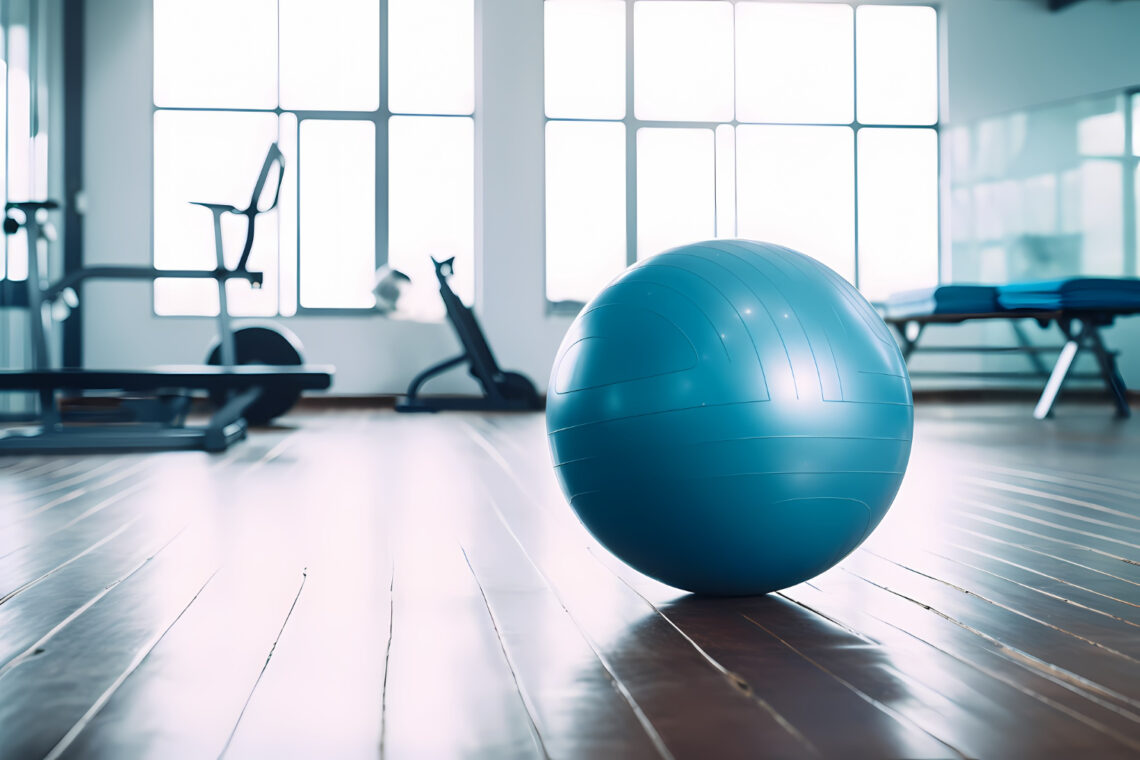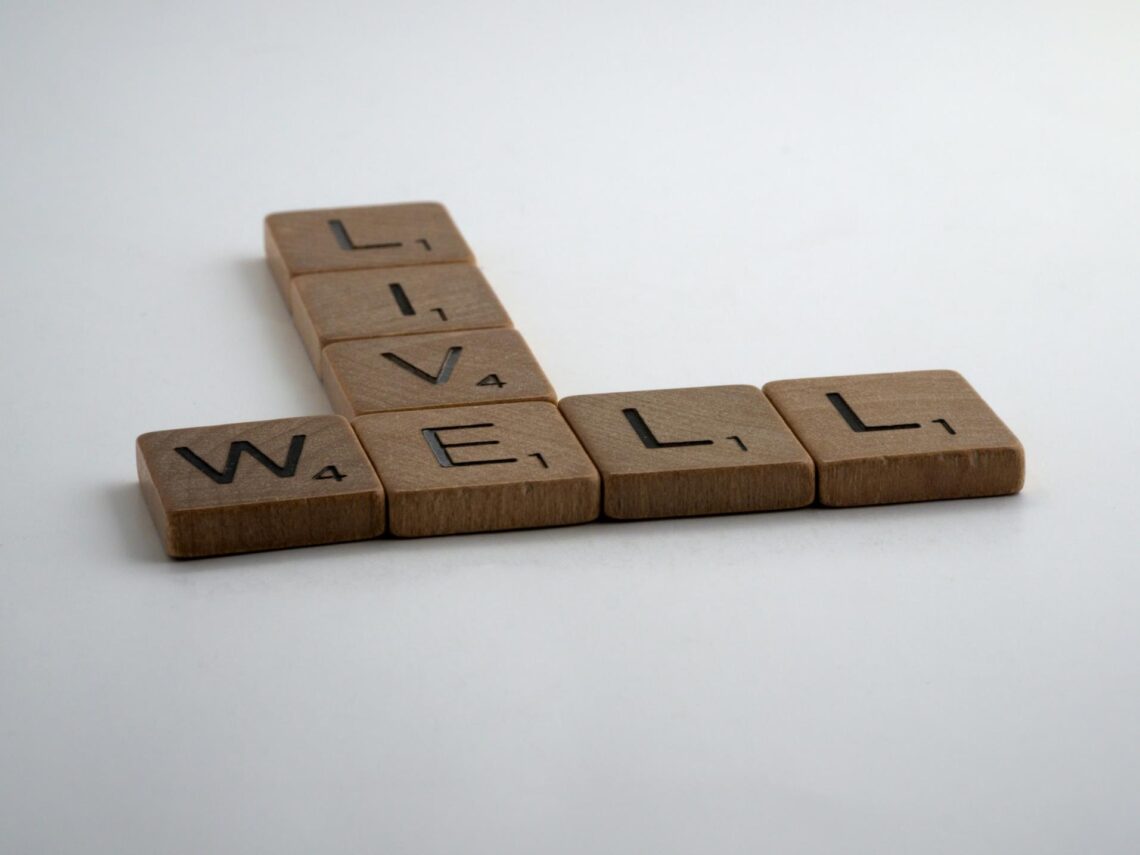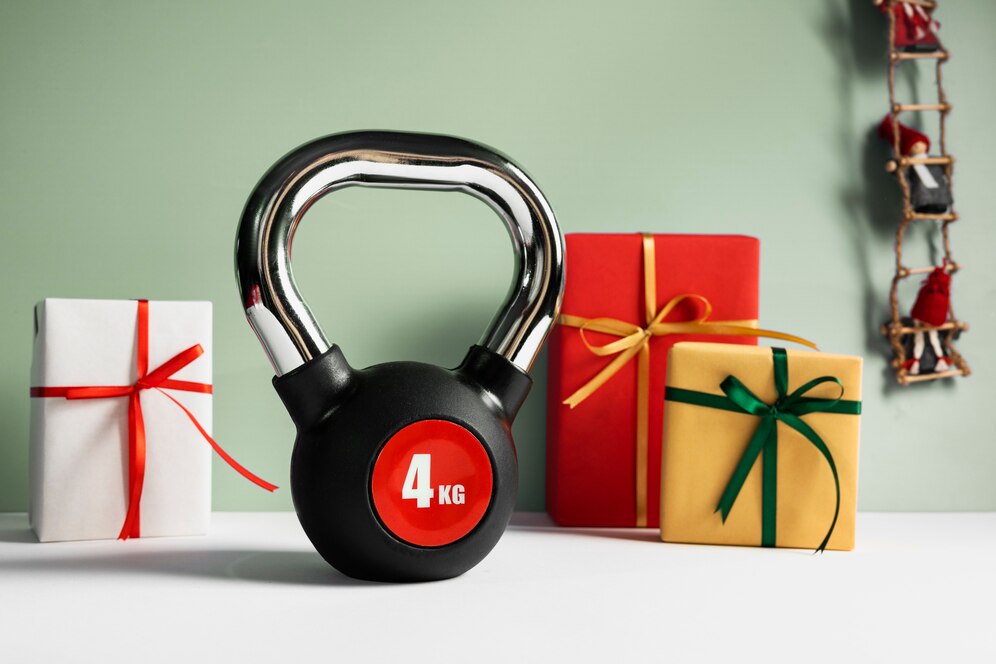There is a strong chance you are going to experience some of form discomfort whilst working on your laptop or from your desktop.
To combat this, here are some exercises that I recommend to help you ease your discomfort from working at home:
Home Discomfort Exercises – Bird Dog Exercise
The bird dog is a simple core exercise that improves stability, encourages a neutral spine, and relieves low back pain. It strengthens your core, hips, and back muscles. It also promotes proper posture and increases the range of motion.
The Band Pull Apart for a Stronger Back
This easy exercise movement strengthens the muscles in your upper back and the stabilizer muscles in your shoulder joints. Building these areas will improve your posture while also helping you improve your bench press, squat, and deadlift. Trust me on this.
Child Pose, Cat & Cow stretch, and Dead Bug Core Strength Routine
The Benefits of Child’s Pose
- Releases tension in the back, shoulders, and chest.
- Recommended if you have dizziness or fatigue.
- Helps alleviate stress and anxiety.
- Flexes the body’s internal organs and keeps them supple.
- It lengthens and stretches the spine.
Hold each pose 10-20s each
Do whenever needed
Cat Cow Stretch – Strengthens and stretches the spine and neck. Stretches the hips, abdomen, and back. Increases coordination. Massages and stimulates organs in the belly, like the kidneys and adrenal glands. 3-5 soft spine ripples daily.
The Dead Bug – This is a popular ‘core’ exercise for runners, used to target the trunk muscles (erector spinae, obliques, rectus abdominis, transverse abdominis) which together provide a strong base for our moving limbs so we can maintain good form whilst running. Hold the Dead Bug pose for 10-30s 1-3 sets.
The moving Dead Bug aim for 5-10r each limb 1-3 sets
Lumber Spine Rotation, Multifidus Priming & The Cobra
Rotation improves your posture. Having strong abdominals is important, but all of the surrounding muscles are also needed. If the ribs don’t have flexibility and strength, the low back will take on excessive amounts of load and the shoulders will take over leading to lower back stiffness and pain.
The motion of the lumbar spine occurs in 3 planes and includes 4 directions- Forward flexion: 40-60° Extension: 20-35° Lateral flexion/side bending (left and right): 15-20 degrees.
The Long Spine Rotation Stretch – I have shown just one way to stretch the thoracic spine, note that it takes a period of time to correct poor postural syndromes to see real results.
The Multifidus Pulsing – The multifidus muscle runs along your entire back (on each side of your spine), from your sacrum to your cervical spine
The multifidus is a deep muscle of the spine and is extremely important in spinal stabilization. Atrophy and weakness of the multifidus will lead to decreased stability of the spine and can result in a vicious cycle of low back pain. Break the cycle and strengthen your multifidi to avoid low back pain.
The Cobra – This yoga pose has many benefits. The pose strengthens wrists, arms, shoulders, and back muscles. Cobra Pose stretches and strengthens abdominal muscles and is uniquely beneficial for toning uterine muscles.
Performing this asana regularly can not only help reduce belly fat but also cure digestive ailments like constipation. The cobra pose is great for those suffering from respiratory disorders and back pain. Using the belly and back muscles, lift your body off the floor as you inhale. Hold, then lower slowly as you exhale. Repeat 10-15r
Back Extension Stretch on a Swiss Ball
If you are using an exercise ball as a chair substitute when you take a short break consider doing some back extension exercises.
Want more?
For more exercises as mentioned in this and advice, why not subscribe to my YouTube channel Active Life Forever TV.




